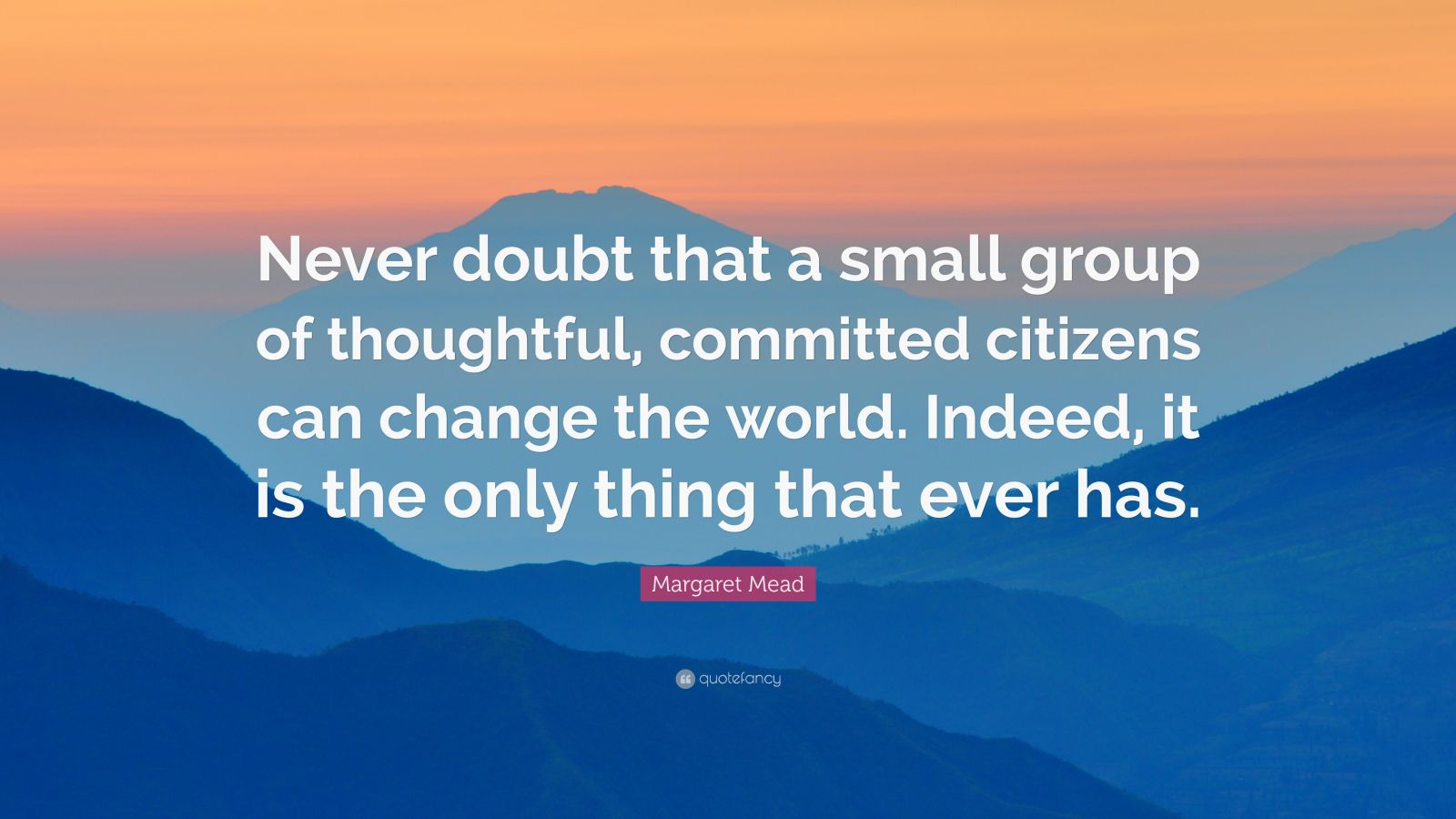Building sustainable communities requires radical, pragmatic efforts. As opposed to the "copy and paste" mentality many developers have in regards to new projects, new planning modus operandi are supporting a more regional ecological sense to where new developments are placed. When we look at the new criteria adopted in manuals that are engineered for both planners and developers, such as the LEED v4 for Neighborhood Development, we can see a more regional painstaking that includes greater ecological requirements than those that came before it. These requirements tie into an understanding of ecosystem services, and the intrinsic value they possess for societal health.

As I take a closer look at some of the requisites to planning criteria that considers human health as interdependent to ecological health, I found slight nuances in design that, to my understanding, people have always utilized when constructing permanent structures. For instance, these requirements require solar orientation of the building to be considered, as well as an understanding of the area's geolocation- meaning its proximity to a floodplain, hill stability, and many other factors. Local food production has always been a key ingredient to the development of a human settlement, which has become increasingly distant from popular considerations of site design and implementation. New planning methodology that falls under the category of "new urbanism," or "green community design" takes into consideration a greater comprehensive view of how people not only live in a place, but how this place can add to the sustenance of the community. Local agricultural efforts are normal in places that have a history of farming practices, however, the implementation of a proximity requirement to urban food production and farmers markets is new in the urban planning world.
Think of sustainability as a Rubik's cube-you've got the cube, but you've got no idea how to solve it. You try different things, but you end up in a kerfuffle as you attempt different ways of solving it, but still you can't yield the solution. Then, you either get help from an expert, experience a revelation and figure it our yourself, or ask the internet for guidance; you find that its simple as long as you follow the correct algorithm. If you don't figure out the solution, you become frustrated, exhaust your efforts, and give up. We can look at our need to live more sustainably as a puzzle, and one that we've got plenty of answers and algorithms to solve, perhaps even more than a Rubik's cube. By following criteria that conserves resources, exploits natural capital, promotes the growth of local economies and agriculture, while implementing practical solutions to conserve species habitat, the puzzle will eventually be solved.
Unlike a Rubik's cube, there isn't one person that can solve the puzzle at a time, sustainable community design takes a great deal of effort stemming from the actions and voices of many individuals.
Employing your rights in democratic society is a great privilege, one nobody should take lightly. You can create opportunities to be an active participant in your community and local government, and to combine your efforts with your fellow community members and city councilmen and women. While political discussion can seem sticky (like a Rubik's cube that you can't solve) you must remember that it is a critical piece in the puzzle that will help us master sustainability. Direction in the political arena arises from the peoples' need, and a healthy, habitable environment is something that every person most certainly cannot live without.
When we begin to push for new urbanist guidelines to shape how our municipalities function and evolve, we will be ensuring a greater future for our children, and for ourselves, and even for our pocket books.



